One field which has drawn my attention for quite a while now is synthetic biology. To this day I remember newspaper headlines a dozen plus years ago announcing the successful cloning of Dolly the Sheep. Those euphoric and promising statements intertwined with pure hysteria: “We have crossed a red line. We are well on our way to cloning humans!”, claimed some ethicists and journalists. As we know, no human has been cloned yet, and I don’t think one will be. (Although there is no telling what goes on in the secret laboratories of the most powerful armies).
Are we living in a Matrix?
The outrage that broke out at the time reminds me of a recent statement made by Bank of America. Its report contained a sensational hypothesis suggesting we may all be living in a Matrix similar to the one depicted in the famous movie by the Wachowski brothers. The degree of digitization we have achieved and the “virtual” nature of our reality make it conceivable that we too may be a “simulation” of a complex and incredibly developed computer program. I see an analogy between the two events separated by a dozen plus years. It concerns general ethical and philosophical questions. In our civilizational development, we have reached a point where “artificial worlds” – laboratory-produced living organisms and artificial intelligence – may play a critical role in all of our lives. What can we expect? To what end will we use the achievements of today’s science and information technologies? Are people under threat from artificial organisms and AI systems?
What is synthetic biology?
To go back to synthetic biology – what is it? In a nutshell, synthetic biology is a field of science concerned with developing artificial biological systems capable of processing information from the outside. Such information may then be used to produce chemical compounds or energy. Synthetic biology has the potential to program new DNA to build new forms of life, which may be engineered by means of gene sequencing and DNA synthesis. Such forms of life are designed and simulated using computers. Microorganisms and specifically bacteria created in this manner may be applied in a variety of fields. One of them is medicine.
Catastrophic visions
I would like to state my view on the popular opinion that such research may breed abuse. It is difficult to refute these sorts of statements. I realize that humans today already have the capacity to produce viruses that can harm people. I also know that it is possible to combine bacteria with electronic systems into single organisms, which appeals to the imagination of military engineers. I am aware of the Human Genome Project, which has mapped the entire human genome with a view to, as some claims go, creating human-like creatures. Personally, I compare these ominous musings to the arguments of people who at the time the Internet was first created (note that it was born in military laboratories) prophesied that the world wide web would be used primarily to spy on people. Just as today’s Internet can be used for terrorist attacks, so the potential of synthetic medicine may pose theoretical threats. Note one thing however: a number of safeguards are in place in research on genetically-modified bacteria. There is actually a “kill switch” designed to destroy any organisms that breach the perimeters of their designated environments.
And optimistic prospects
Recently, Kickstarter, a platform used to raise funds to finance visionary projects, featured an interesting proposal. Its authors were appealing for money to develop a technology that would make plants glow. This is only one example of the products of synthetic biology being commercialized. I expect a proliferation of initiatives that rely on synthetic biology within the next few years. Importantly, many of them are likely to come from academia. The prestigious Massachusetts Institute of Technology has for years held a contest for new ideas that utilize science.
The International Genetically Engineered Machine Competition attracts many young students with brilliant ideas. For instance, in 2013 students from Poland submitted the FluoSafe project for enhancing bacteria with a protein that glows in the presence of carcinogenic acrylamide, which is present in e.g. chips and fried meat. Acrylamide was detected by two bacterial sensors. Another example is that of young scientists from Hong Kong who used genetically modified bacteria as an alternative means of storing data. Bacterial disks could be developed to store text, photographs and even videos.
Fashionable science
I am confident that the most interesting developments still lie ahead. Synthetic biology is gaining popularity. From a niche field of science, it is evolving into one that draws much attention from industry and business. What fascinates me is how inventions in this field combine with information technology. Perhaps our computer hard drives will soon assume a completely different form.
Related Articles:
– The lasting marriage of technology and human nature
– The brain – the device that becomes obsolete
– Artificial Intelligence – real threats or groundless fears?
– Modern technologies, old fears: will robots take our jobs?
– Future of e-commerce in Cuba and prospects of digitalization
– Sagrada Familia and the Internet of Things
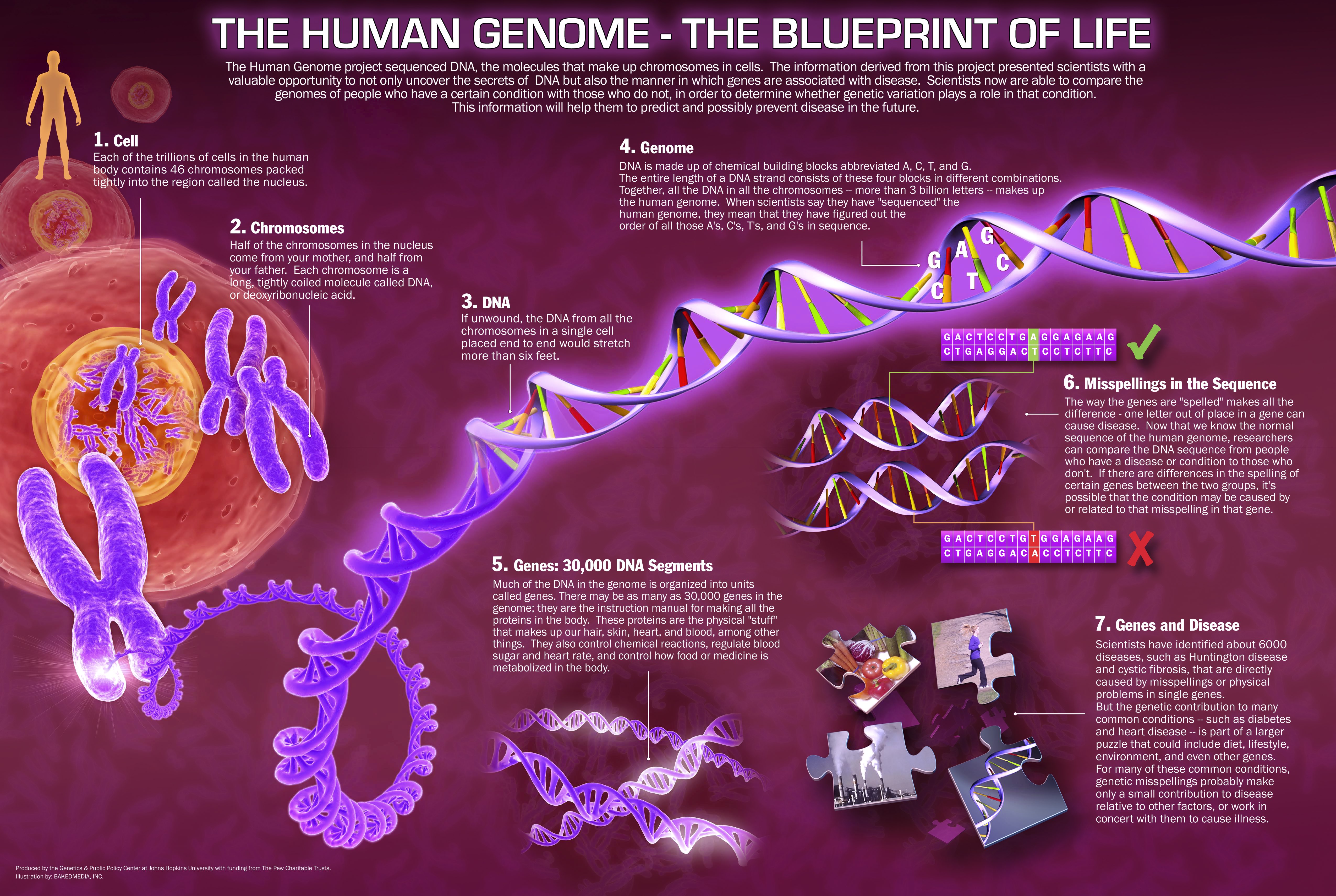
The Human Genome Project, Projekt opracowania ludzkiego genotypu – Genetics and Public Policy Center at John Hopkins University
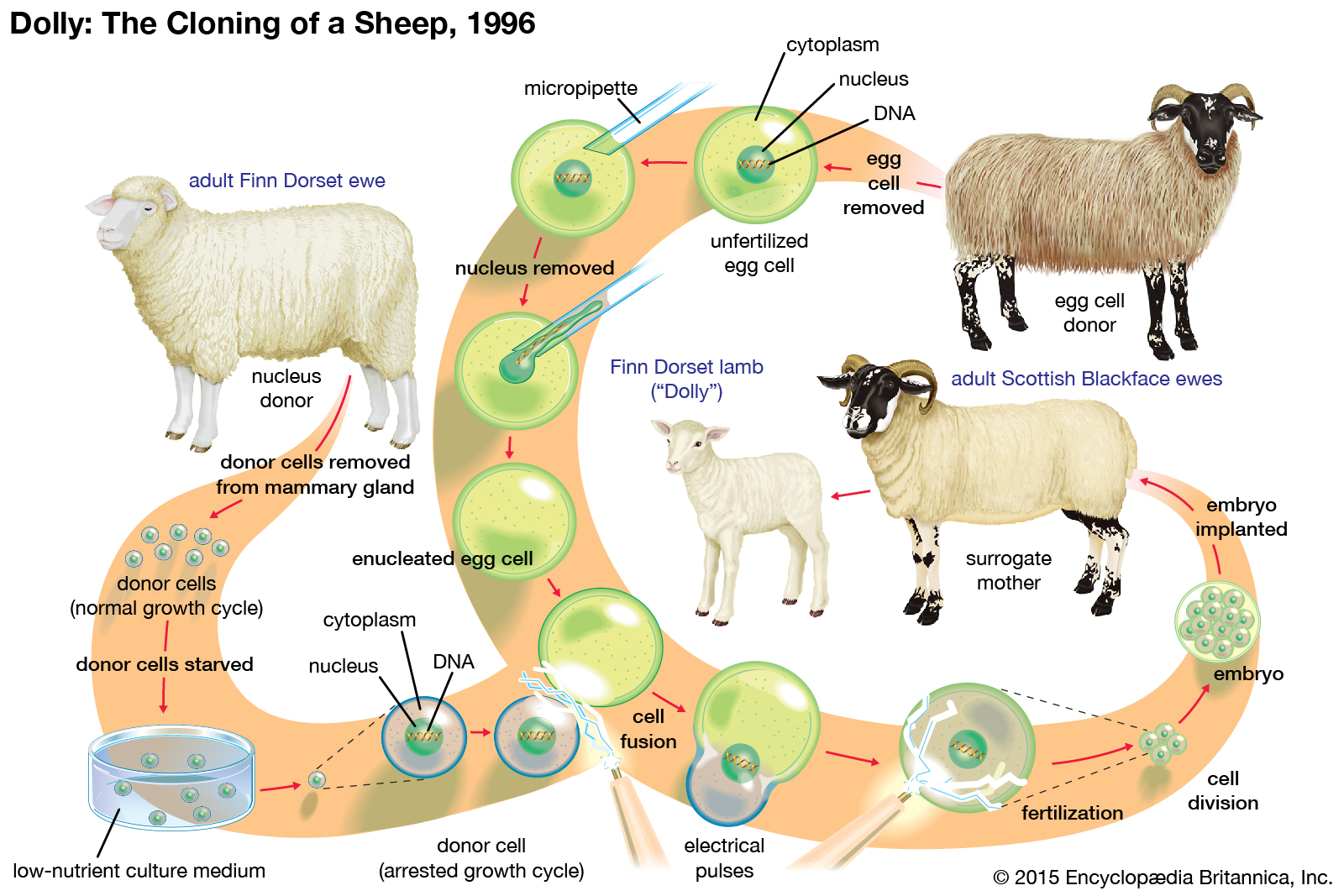
Dolly the Sheep cloning process – Encyclopedia Britannica
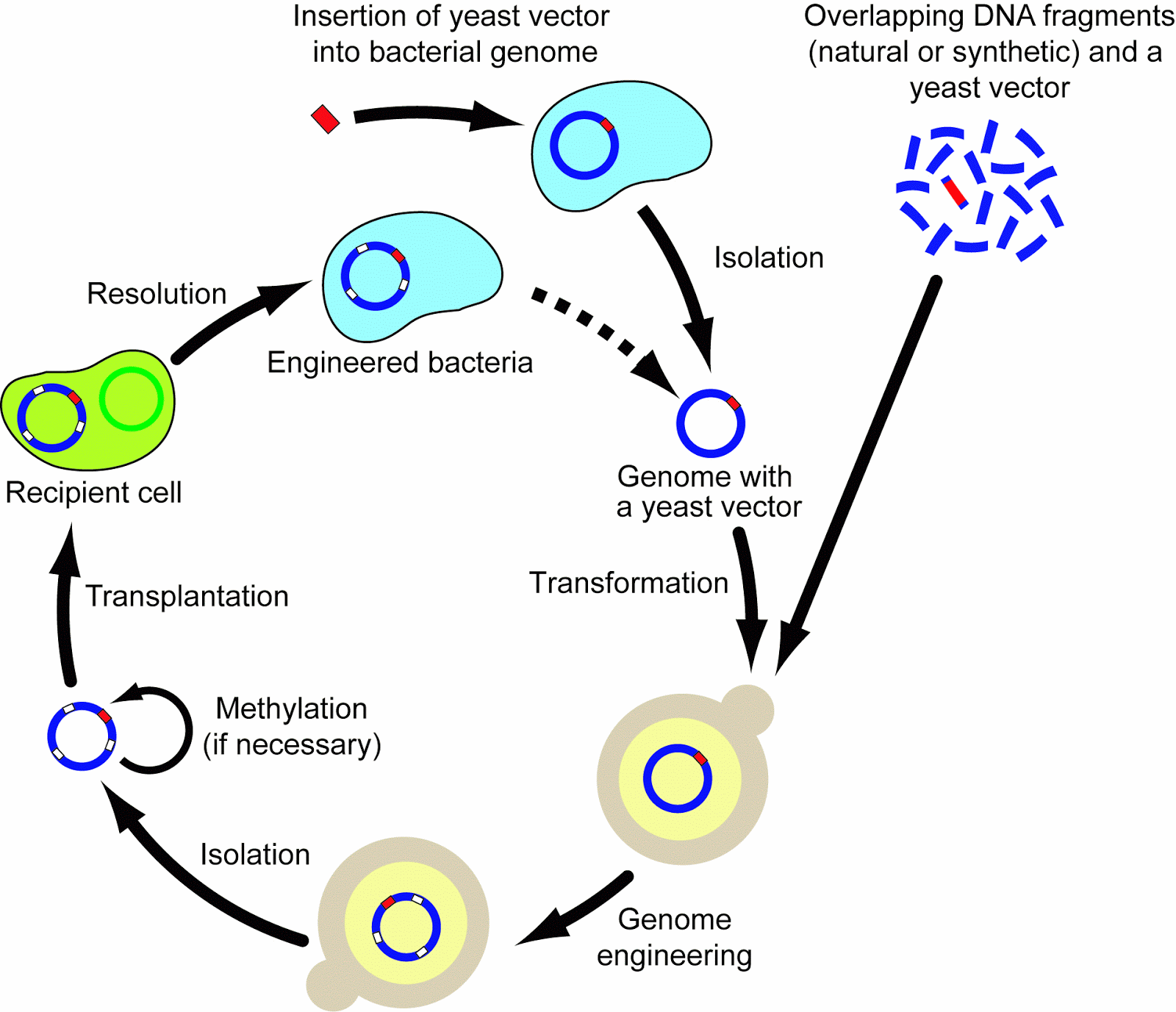
Synthetic biology: process of artificial design and engineering biological systems and living organism. Single cell example – drawing by Enrigueta Chrisco

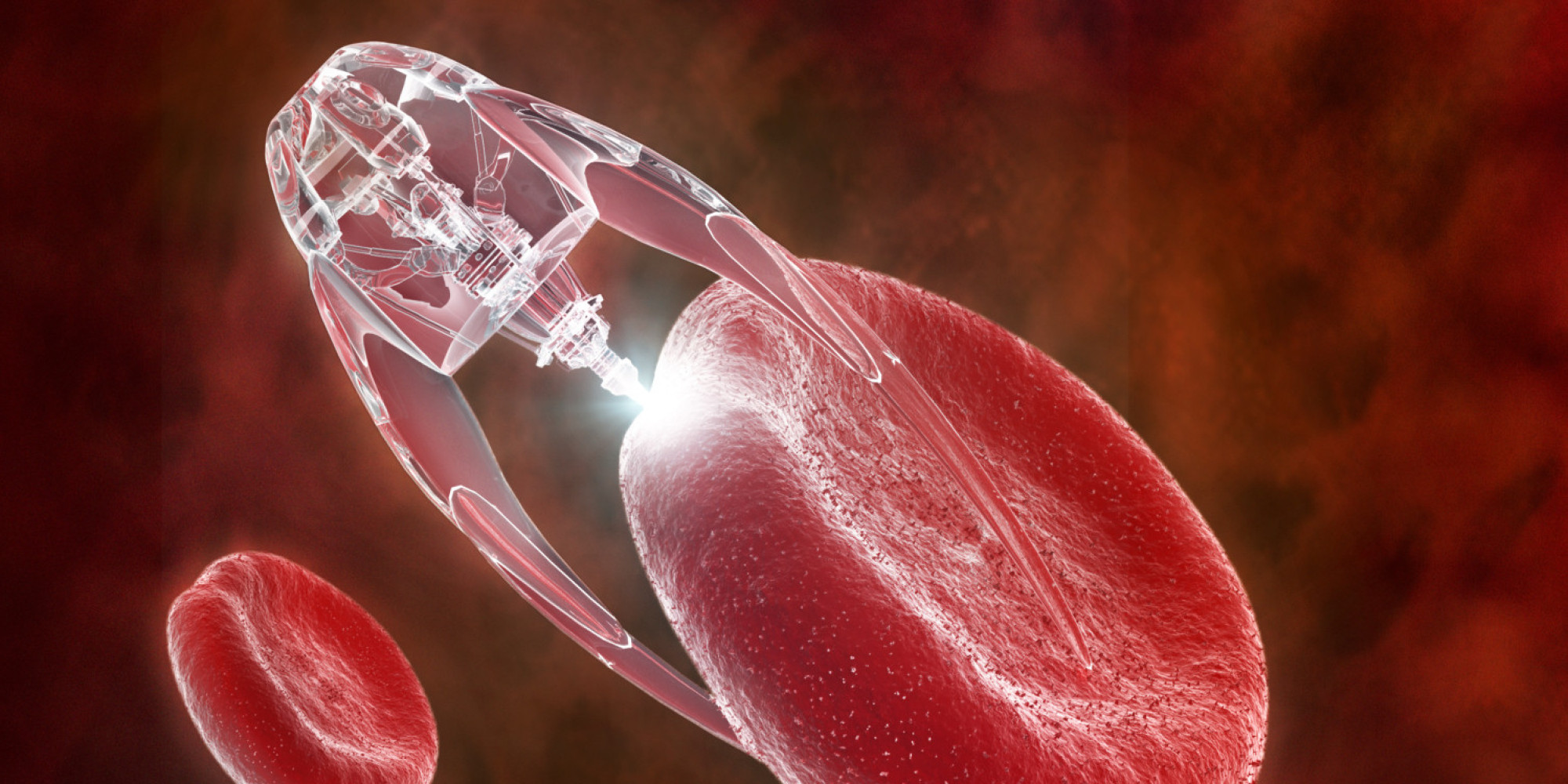
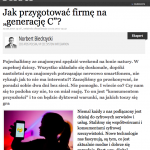

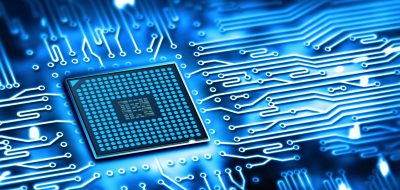





Check Batin
Modern medicine is among other things also about Internet of Things. Many IoT devices are so small that they lack the computing power needed for data security or remote patching once vulnerabilities are found. And with billions of connected devices entering the world every year, consumer protection and privacy advocates face an uphill battle. We cannot just wait for a new generation of hopefully more secure devices to be developed and deployed.
Norbert Biedrzycki
Potential application of this technology has no limits. Think broader just medicine
John McLean
my idea is that all the lives on the earth ,or in the whole universe, are just complicated machines:organic machines, life has no essential difference as metal machines we human made.
we know that this is no life on the earth 3 billion years ago, just rocks, seas, water on the earth. Then evolution begins, organic life begins to evolution out on the earth,
at the beginning, just very simple life, just as virus-you konw that kind of life, you can only see them by a microscope, then big life came out…….fish, amphibious animal,dinosaur, mammal, monkey, apes, then human.
CabbH
The application of the science is moving fast, and opacity and conflicting viewpoints are common. The landscape is far from clear. Sythetic biology will play a vital role in our society going forward. Same like with itelligent machines. In essence the machine must learn like a child. Half of the process is coding the platform for intelligence, the other half is preparing information to be processed. I call this the framework of knowledge. Once built it should be accessible to future AIs of similar design.
Norbert Biedrzycki
There are much more efficient machine learning processes like for example forced learning, could be used for neural networks
TomK
On neural networks: Neural Networks for Pattern Recognition, Christopher M. Bishop (Author). Best I read so far
Norbert Biedrzycki
Thank you
johnbuzz3
Here you have: Genetic Scientists Create Human-Pig GMO: https://wakeup-world.com/2017/02/16/frankenswine-genetic-scientists-create-human-pig-gmo/
It is happening as we speak. Researchers from the Salk Institute for Biological Studies in La Jolla, California, have made history by creating a human-pig hybrid, a task achieved by injecting days-old pig embryos with human pluripotent stem cells.2 Such cells, like embryonic stem cells, are able to divide indefinitely and become any type of cell in the body. The human-pig embryos were then transferred into adult pigs and allowed to grow for up to four weeks, before they were “removed and analyzed.”
Norbert Biedrzycki
This is happening as we speak. But I hope humans will not go too far in cloning, artificial life creation
TomK
Don’t think so this is gonna be so catastrophics
Norbert Biedrzycki
Hope youre right 🙂
TomCat
Very interestin article. I think that some crazy sientists are already practicing this on humans. Hope I will not see this on my watch
John McLean
Trends in applications for healthcare artificial intelligence focus on imaging and diagnostics where AI can help find subtle details and changes in images that people cannot see. This is increasingly becoming a crowded sector. But also helping to prevent health deterioration with both healthy people and people at risk or living with a chronic condition using large data sets is an area of focus. http://bit.ly/2qVbril